Integrating Cloud-Based Applications, Kafka Middle-Ware/Data Streams, CRM, and Snowflake Data Warehouse in IT Architecture for Small and Medium Enterprises
This post explores how SMEs can use CRM, AWS, Kafka, and Snowflake data warehouse in their IT architecture to achieve the best solution.
Join the DZone community and get the full member experience.
Join For FreeSmall and medium-sized enterprises (SMEs) face unique challenges in their operations, especially when it comes to IT infrastructure. However, with the right technology stack, SMEs can streamline their operations, reduce costs, and achieve success in the ever-changing business landscape. In this blog post, we will explore how SMEs can use CRM, AWS, Kafka, and Snowflake data warehouse in their IT architecture to achieve the best solution with a scalable and advanced technology stack.
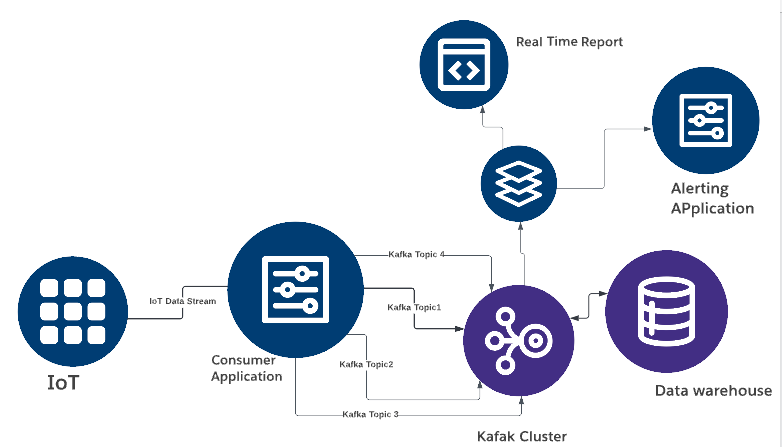
Reference data steam system: Unlocking the Potential of IoT Applications.
AWS (Amazon Web Services)
AWS is a cloud computing platform that provides a range of services to businesses, including compute power, storage, and databases. SMEs can use AWS to reduce IT costs by only paying for what they use, improve scalability and flexibility, enhance security and compliance, and streamline operations by automating tasks. With AWS, SMEs can leverage cloud-based services and manage their infrastructure with greater agility and efficiency. This enables SMEs to access advanced computing resources without the need to maintain their own servers or hardware.
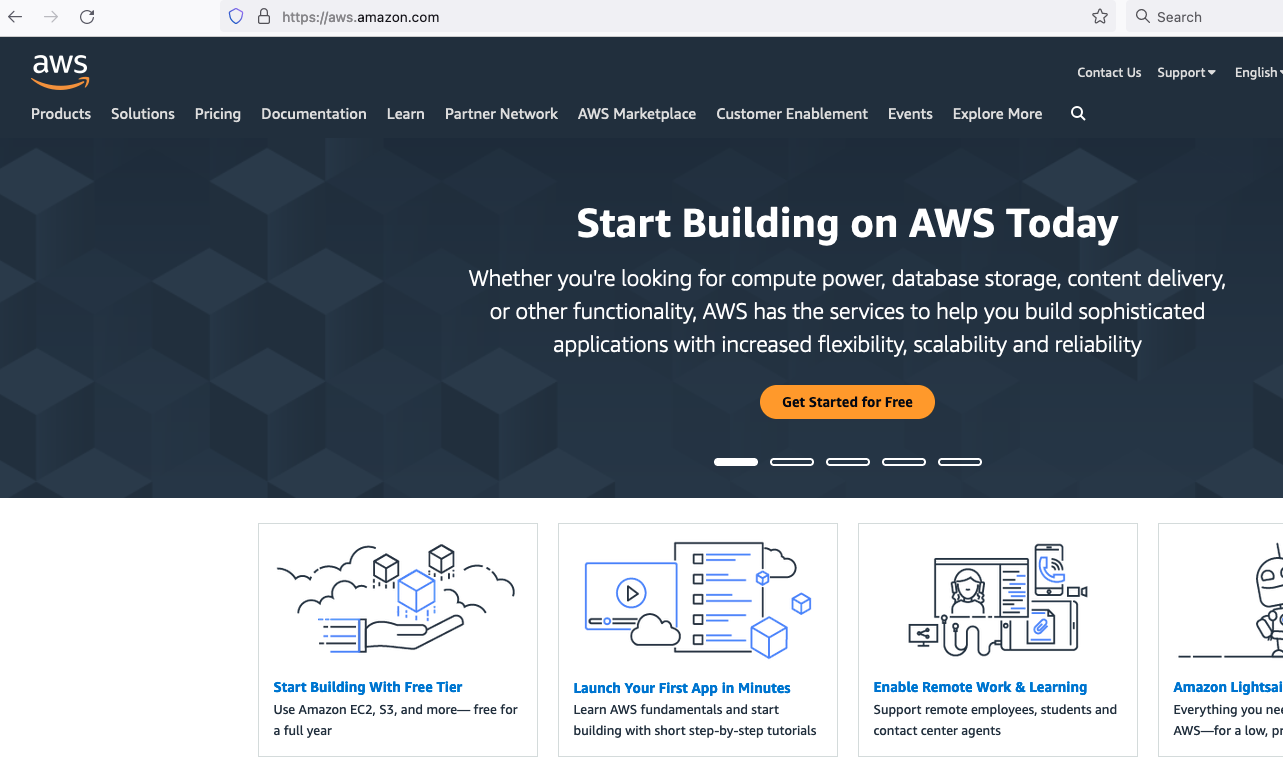
Once you have an AWS account, you can use Terraform to provision your infrastructure on AWS. Here's some sample Terraform code to create a VPC, subnet, security group, and EC2 instance:
provider "aws" {
region = "us-west-2"
}
resource "aws_vpc" "example" {
cidr_block = "10.0.0.0/16"
}
resource "aws_subnet" "example" {
vpc_id = aws_vpc.example.id
cidr_block = "10.0.1.0/24"
}
resource "aws_security_group" "example" {
name_prefix = "example"
vpc_id = aws_vpc.example.id
ingress {
from_port = 0
to_port = 65535
protocol = "tcp"
cidr_blocks = ["0.0.0.0/0"]
}
egress {
from_port = 0
to_port = 65535
protocol = "tcp"
cidr_blocks = ["0.0.0.0/0"]
}
}
resource "aws_instance" "example" {
ami = "ami-0c55b159cbfafe1f0"
instance_type = "t2.micro"
subnet_id = aws_subnet.example.id
vpc_security_group_ids = [aws_security_group.example.id]
tags = {
Name = "example-instance"
}
}
Kafka
Kafka is an open-source event streaming platform that enables SMEs to process, store, and analyze large volumes of data in real time. Kafka can help SMEs to build real-time data pipelines, streamline data processing and analysis, scale horizontally to handle increasing data volumes, and integrate with other systems and tools seamlessly. By implementing Kafka in their IT architecture, SMEs can manage their data with greater efficiency, reduce processing times, and make faster, data-driven decisions.
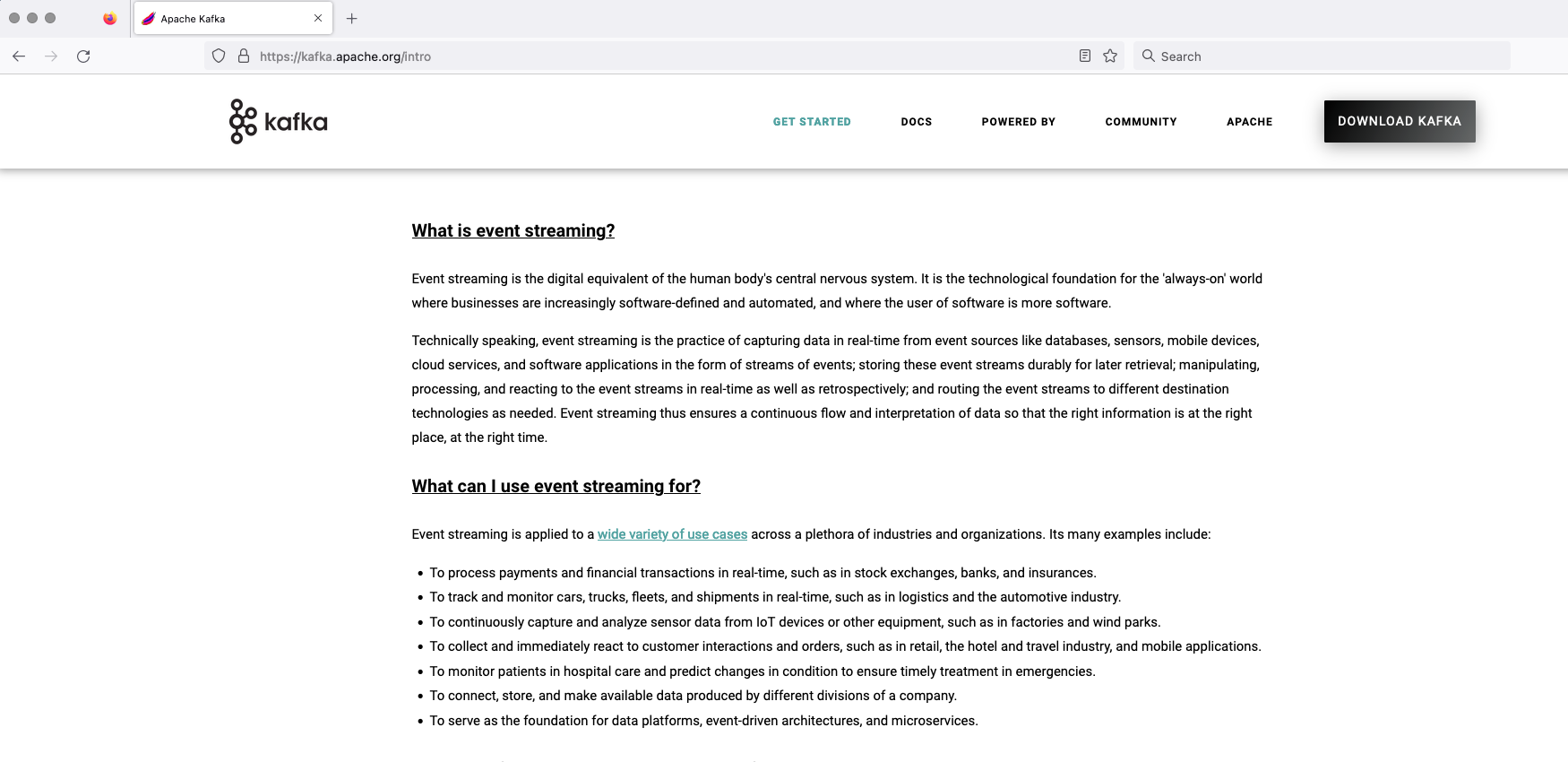
CRM (Customer Relationship Management)
A CRM system is a must-have for any business that wants to manage customer interactions effectively. It enables SMEs to organize customer data, track sales, and improve customer relationships. However, with a scalable CRM system, SMEs can achieve more than just managing customer interactions. They can achieve a more comprehensive view of their customer base, allowing them to make data-driven decisions about marketing and sales efforts and automate key sales processes.
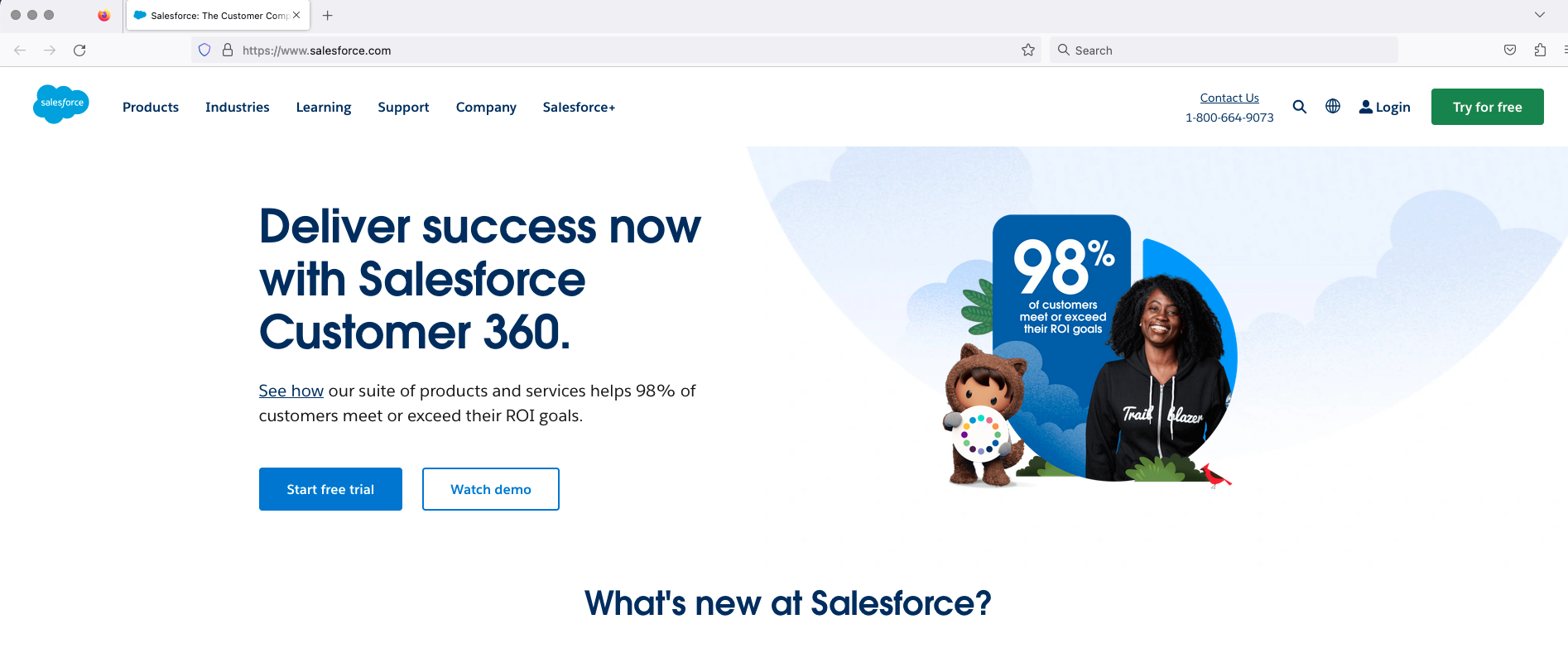
Snowflake Data Warehouse
Snowflake is a cloud-based data warehousing platform that enables SMEs to store and analyze large volumes of data in a scalable, cost-effective, and secure manner. Snowflake can help SMEs to improve data governance and compliance, reduce data storage and processing costs, achieve near real-time data processing and analysis, and integrate with other tools and platforms seamlessly.
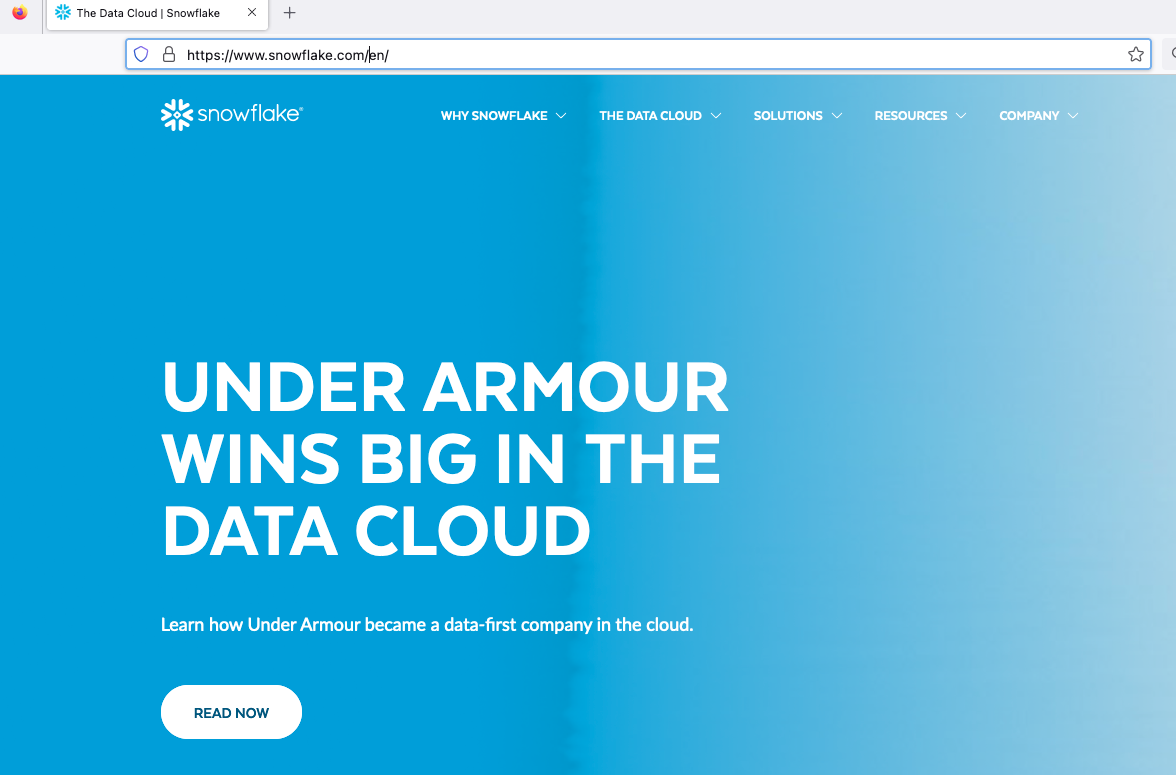
With Snowflake, SMEs can manage their data more effectively and get insights faster than with traditional data warehousing platforms.
# Example Java code that reads messages from a Kafka topic and writes them to Snowflake Data Warehouse using the Snowflake JDBC driver
import java.sql.*;
import java.util.*;
import org.apache.kafka.clients.consumer.*;
import org.apache.kafka.common.*;
import org.apache.kafka.common.serialization.*;
public class KafkaToSnowflake {
public static void main(String[] args) throws Exception {
// Kafka configuration
String topic = "my-topic";
String brokers = "localhost:9092";
String groupId = "my-group";
// Snowflake configuration
String snowflakeUrl = "jdbc:snowflake://my-account.snowflakecomputing.com";
String snowflakeUser = "my-user";
String snowflakePassword = "my-password";
String snowflakeWarehouse = "my-warehouse";
String snowflakeDatabase = "my-database";
String snowflakeSchema = "my-schema";
String snowflakeTable = "my-table";
// Kafka consumer configuration
Properties consumerProps = new Properties();
consumerProps.put(ConsumerConfig.BOOTSTRAP_SERVERS_CONFIG, brokers);
consumerProps.put(ConsumerConfig.GROUP_ID_CONFIG, groupId);
consumerProps.put(ConsumerConfig.KEY_DESERIALIZER_CLASS_CONFIG, StringDeserializer.class.getName());
consumerProps.put(ConsumerConfig.VALUE_DESERIALIZER_CLASS_CONFIG, StringDeserializer.class.getName());
KafkaConsumer<String, String> consumer = new KafkaConsumer<>(consumerProps);
// Snowflake JDBC configuration
Class.forName("net.snowflake.client.jdbc.SnowflakeDriver");
Properties snowflakeProps = new Properties();
snowflakeProps.put("user", snowflakeUser);
snowflakeProps.put("password", snowflakePassword);
snowflakeProps.put("warehouse", snowflakeWarehouse);
snowflakeProps.put("db", snowflakeDatabase);
snowflakeProps.put("schema", snowflakeSchema);
Connection snowflakeConn = DriverManager.getConnection(snowflakeUrl, snowflakeProps);
// Subscribe to the Kafka topic
consumer.subscribe(Collections.singleton(topic));
// Start consuming messages from the Kafka topic and inserting them into Snowflake
while (true) {
ConsumerRecords<String, String> records = consumer.poll(Duration.ofMillis(100));
for (ConsumerRecord<String, String> record : records) {
String message = record.value();
System.out.println("Received message: " + message);
// Insert the message into Snowflake
PreparedStatement stmt = snowflakeConn.prepareStatement(
"INSERT INTO " + snowflakeTable + " (message) VALUES (?)"
);
stmt.setString(1, message);
stmt.execute();
}
}
}
}
Conclusion
Small and Medium Enterprises (SMEs) must adopt advanced technologies to remain competitive. By leveraging cutting-edge solutions like Customer Relationship Management (CRM), Amazon Web Services (AWS), Kafka, and Snowflake data warehouse, SMEs can streamline their operations, reduce costs, and achieve success.
One of the most significant benefits of CRM systems is the ability to manage customer interactions and automate processes. With CRM, SMEs can improve customer satisfaction, leading to higher sales and increased customer loyalty. The system also offers valuable insights into customer behavior, enabling SMEs to make informed decisions and improve the sales process.
AWS offers a wide range of cloud-based services that can help SMEs reduce infrastructure costs, increase scalability, and improve flexibility. These services can be tailored to meet the specific needs of an SME, allowing them to manage their IT infrastructure with greater agility and efficiency. AWS is ideal for SMEs with limited budgets, as it offers affordable pricing and payment options.
Kafka is an open-source platform that enables the real-time streaming of data between systems. This makes it an ideal tool for processing large volumes of data and improving operational efficiency. Kafka can help SMEs make more informed decisions by providing real-time insights into business operations and customer behavior. This can help SMEs remain competitive in the fast-paced business environment.
Snowflake data warehouse is a scalable, cloud-based solution for storing and analyzing data. With Snowflake, SMEs can reduce their data management costs, improve data quality, and gain real-time insights into their business operations. The system offers high-performance analytics and can handle large amounts of data, making it an ideal solution for SMEs with significant data management needs.
Implementing a scalable and advanced technology stack can help SMEs leverage cloud-based services and manage their infrastructure with greater efficiency. A well-designed technology stack can help SMEs stay competitive, achieve success, and grow their business. However, SMEs must also consider the challenges associated with adopting modern technologies, such as data security, privacy, and compliance. They should ensure that their IT infrastructure and processes are designed to meet the highest standards of security and compliance.
In conclusion, modern technologies like CRM, AWS, Kafka, and Snowflake data warehouse offer SMEs a multitude of benefits. These cutting-edge solutions can help SMEs streamline their operations, reduce costs, and achieve success in the ever-changing business landscape. By implementing a scalable and advanced technology stack, SMEs can leverage cloud-based services and manage their infrastructure with greater agility and efficiency. With the right technology stack, SMEs can achieve success, grow their business, and make the most of their IT resources. SMEs that invest in modern technologies and implement them strategically will be best positioned to compete in today's digital economy.
Opinions expressed by DZone contributors are their own.

Comments